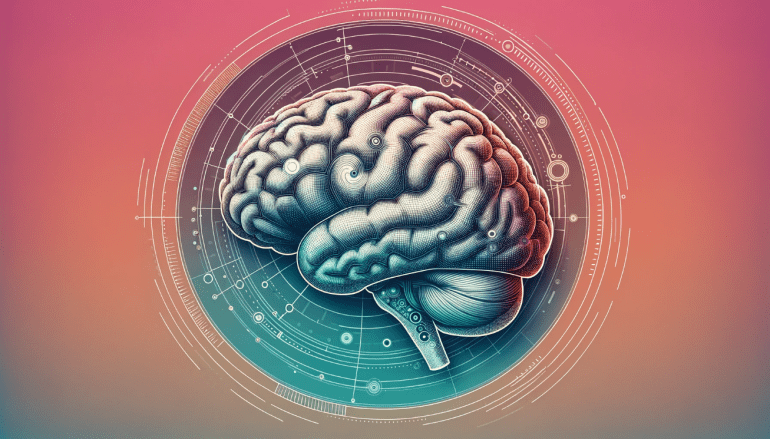- Retrieval Augmented Generation (RAG) is increasingly used to improve the accuracy of AI by reducing errors known as AI hallucinations.
- RAG operates by integrating data from a specialized database to guide the AI’s responses, ensuring relevance and reliability.
- This technology differs from standard generative models by using real-world data to anchor responses, enhancing the fidelity of AI outputs.
- RAG can be specifically tailored to industries by using targeted databases, such as legal documents for legal AI applications.
- The effectiveness of RAG is contingent upon the quality of its implementation and the precise definition of what constitutes an AI hallucination.
- Despite its advancements, RAG is not foolproof and the degree to which it reduces errors is still subject to academic and professional debate.
- Human oversight remains crucial to verify the accuracy of AI-generated content and to ensure that outputs are correctly aligned with the sourced data.
Main AI News:
If you’ve engaged with a generative AI system, chances are it has deceived you, possibly on numerous occasions. These persistent deceptions, often termed AI hallucinations, are a major concern, and developers are intensely focused on enhancing the reliability of generative AI by mitigating these inaccuracies. A method gaining traction, especially in tech circles like Silicon Valley, is known as retrieval augmented generation (RAG).
The mechanism of RAG is intricate; it improves your queries by pulling information from a specialized database, which then helps the large language model to generate more accurate responses. For instance, a corporation might integrate all its HR guidelines and perks into a RAG database, enabling the AI to concentrate solely on information within those texts.
What sets this method apart from typical outputs like those from ChatGPT? Pablo Arredondo, Vice President at CoCounsel for Thomson Reuters, who implements RAG for developing legal AI applications, shared insights. “Instead of merely generating responses from pre-trained data, this technique employs a search engine to fetch actual documents—be it legal cases, articles, or more—and grounds the AI’s responses in these real-world documents.”
“You essentially reward the AI for producing outputs where each fact can be traced back to a document,” explains Patrick Lewis, AI Modeling Lead at Cohere, who was instrumental in developing RAG. Teaching the AI to meticulously analyze provided data and include citations in every response greatly diminishes the likelihood of significant errors.
However, the extent to which RAG minimizes AI hallucinations remains debated among experts. Lewis cautiously described the RAG outputs as “low hallucination,” indicating that the method is not a complete solution for all errors.
Through discussions with multiple specialists, it’s evident that the effectiveness of RAG in reducing hallucinations hinges on two primary factors: the quality of the RAG setup and the specific definition of AI hallucinations, which is often ambiguous.
Not all RAG implementations are created equal. The accuracy of the database content is vital for dependable outputs, but it’s also about how effectively the system can search and retrieve pertinent content based on the posed question. Every step must be executed flawlessly to prevent errors.
“Anyone who has attempted to use natural language search within research databases knows that semantic similarities can lead to completely irrelevant results,” remarks Daniel Ho, a Stanford professor and senior fellow at the Institute for Human-Centered AI. His research indicates that RAG-based AI legal tools are prone to more errors than developers typically report.
Defining what constitutes a hallucination in a RAG context is complex. Is it limited to when the AI concocts an unverifiable fact, or does it include overlooking or misinterpreting relevant information?
According to Lewis, a hallucination occurs when the AI’s output diverges from what it finds during data retrieval. However, Stanford’s investigations suggest a broader definition, considering whether the output is not only rooted in the provided data but also factually accurate—critical for legal professionals dealing with complex cases and legal precedents.
While a RAG system is certainly more adept at addressing specific queries about case law than generic tools like OpenAI’s ChatGPT or Google’s Gemini, it can still miss details and commit errors. All experts emphasized the ongoing need for careful human oversight to verify citations and ensure accuracy.
Legal fields are actively exploring RAG-based AI tools, but the technique has broad potential across various professional domains. “Any field, any business needs answers based on real documents,” states Arredondo. He believes that RAG will soon become a fundamental tool across various professional applications, particularly appealing to risk-averse leaders keen on leveraging AI to understand their data without exposing sensitive information.
However, it is crucial for users to recognize the limitations of these tools and for companies to avoid overestimating their accuracy. While RAG-enhanced responses are improved, reliance should be cautious, accompanied by skepticism.
Hallucinations in AI are an unresolved issue, according to Ho. “We haven’t yet found a reliable way to completely eliminate them.” Even with reduced errors through RAG, human judgment remains crucial. And that is the undeniable truth.
Conclusion:
The adoption of Retrieval Augmented Generation technology signifies a pivotal shift in the AI industry, particularly for applications requiring high levels of accuracy such as legal and journalistic fields. RAG not only promises to enhance the reliability of AI by anchoring outputs in verified data, but also sets a new standard in the way AI systems are developed and utilized across various sectors. This shift could potentially lead to a reduction in reliance on conventional AI models for critical applications, fostering a market where precision and reliability are paramount. Such innovations are likely to drive significant growth in AI technology adoption, creating new market dynamics and opportunities for businesses to leverage AI in more sophisticated and trustworthy ways.

